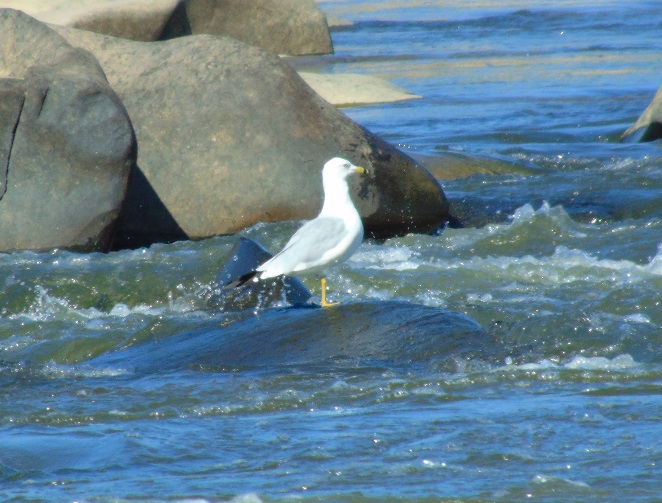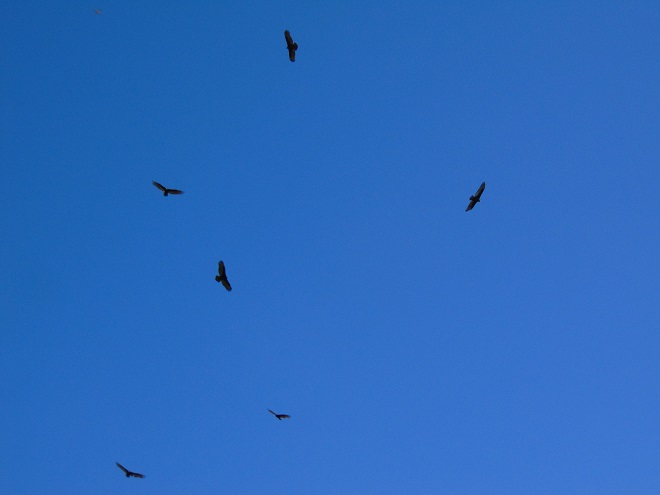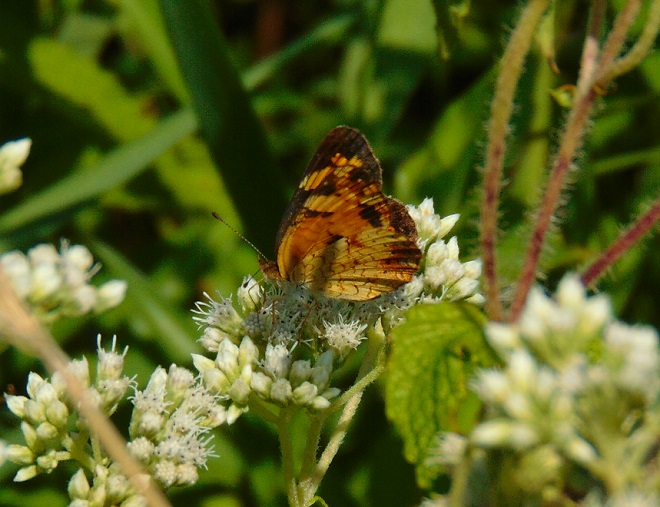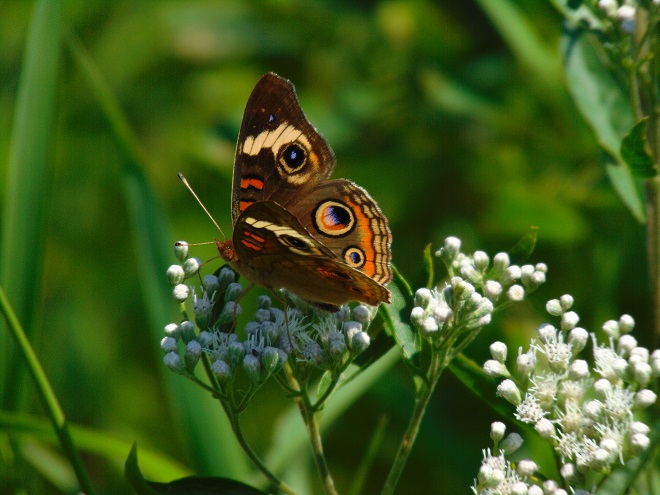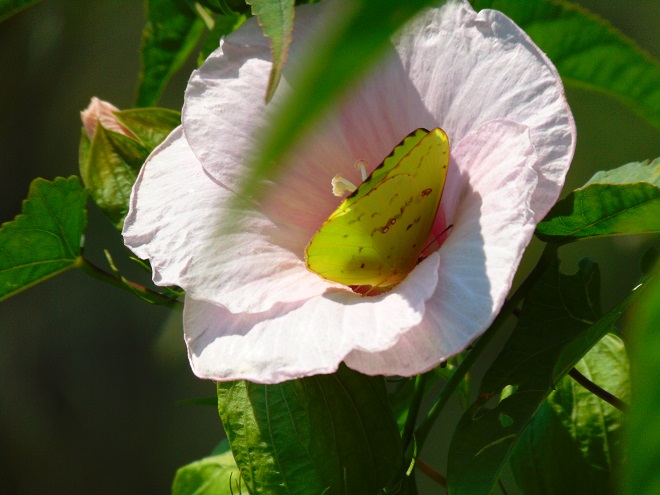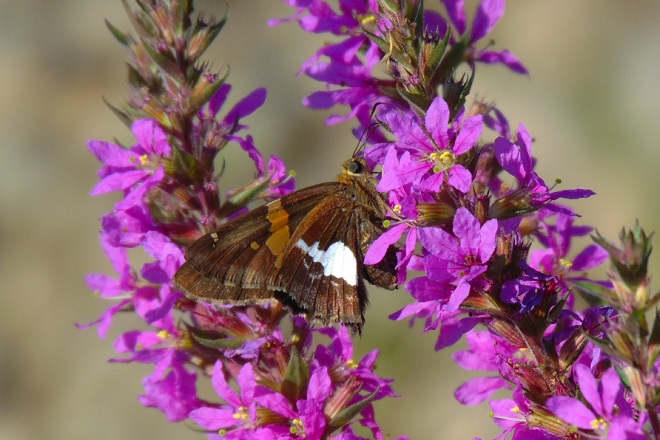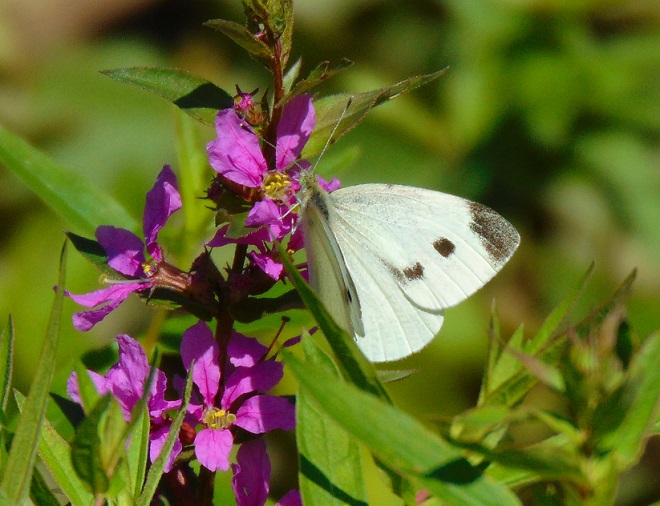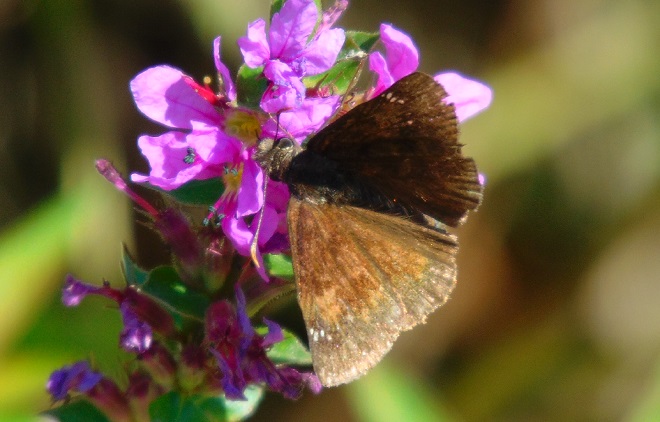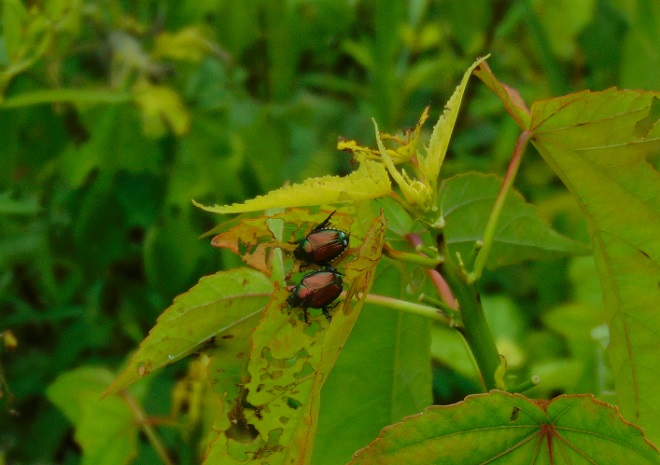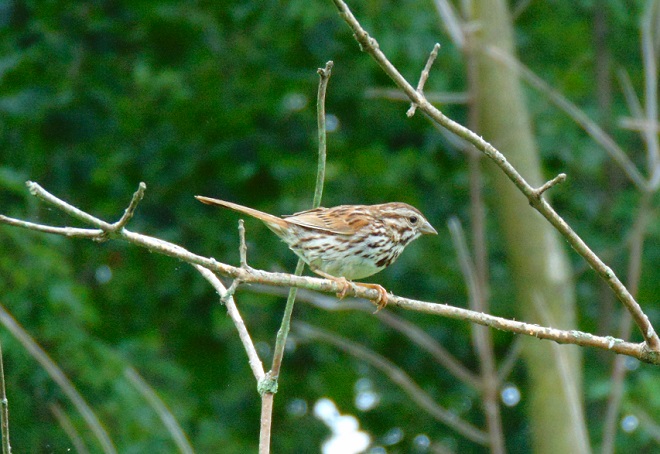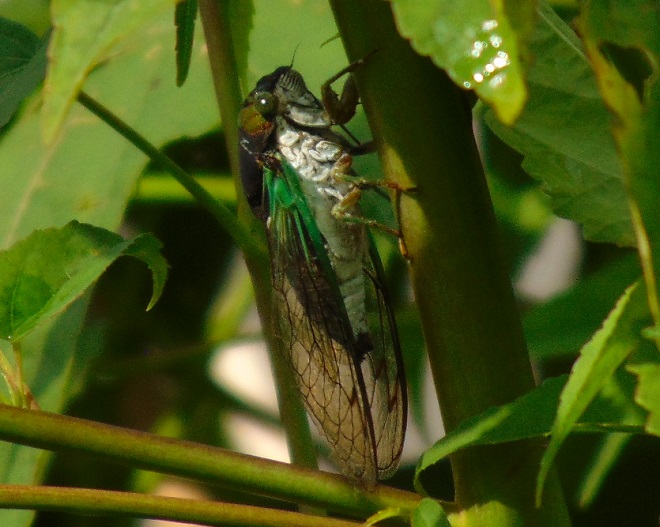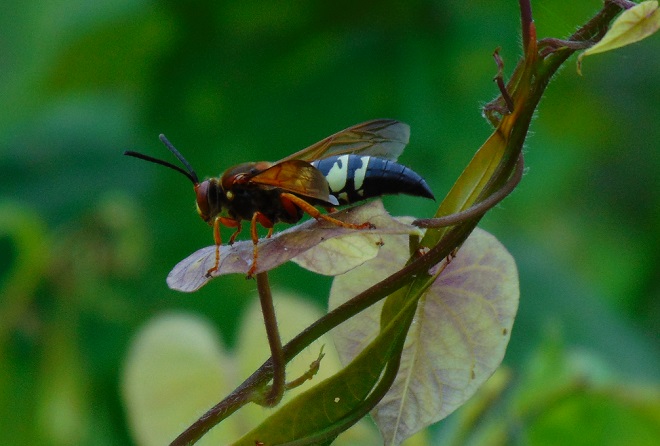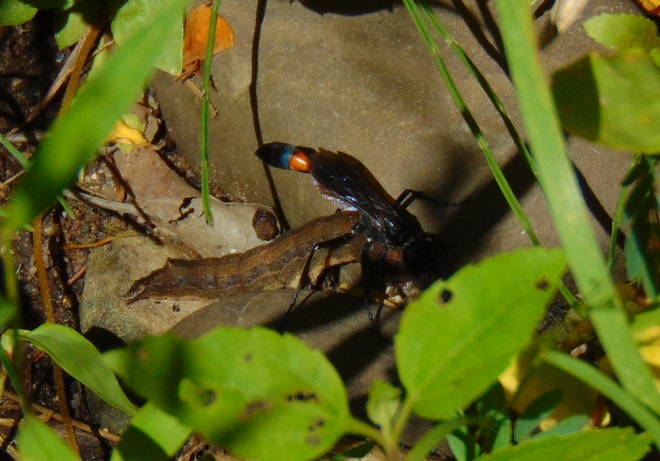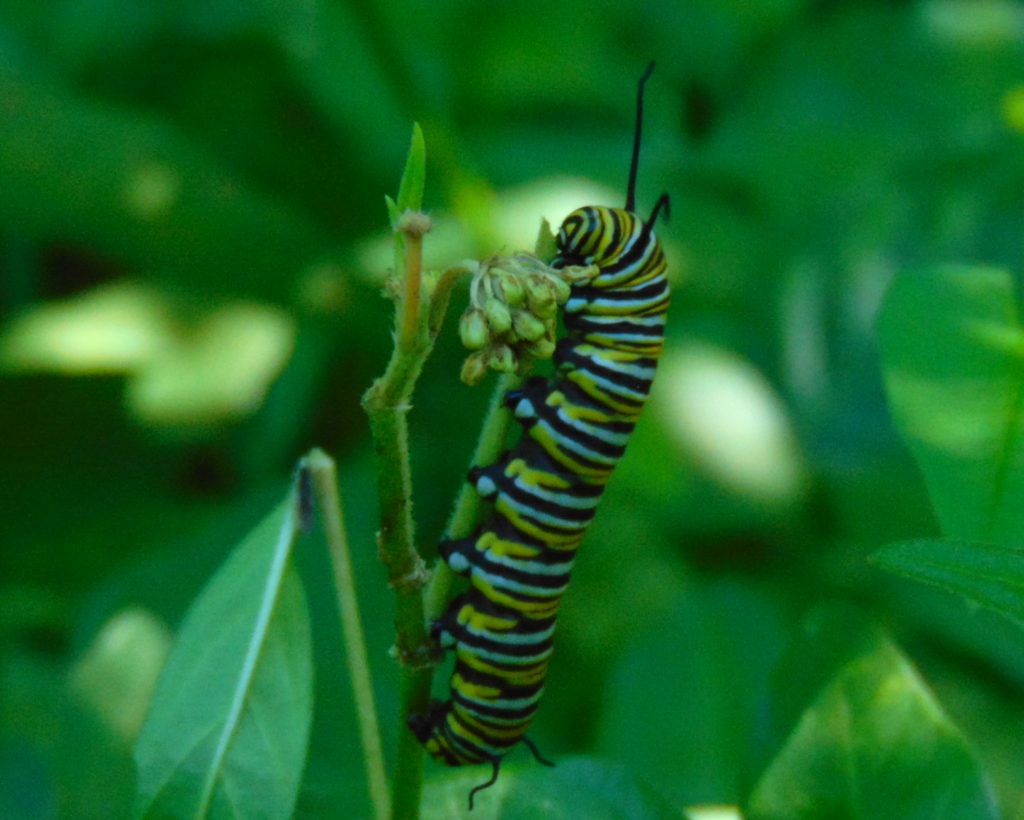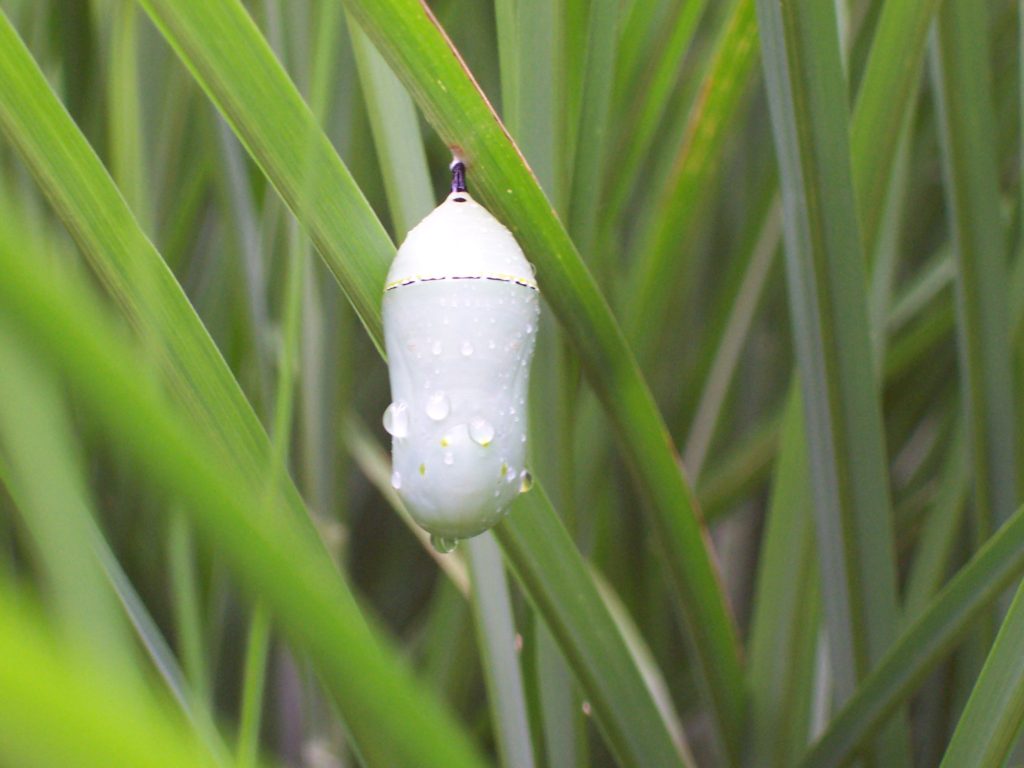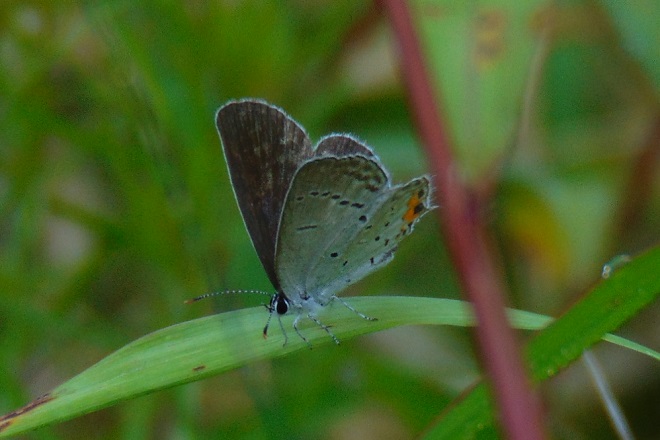A couple of inches of rain this week caused a small increase in the flow of the river, just a burp, nothing major. This higher water coincided with some breezy days that kicked up some chop on the open waters of the Susquehanna upstream of Conewago Falls. Apparently it was just enough turbulence to uproot some aquatic plants and send them floating into the falls.
Piled against and upon the upstream side of many of the Pothole Rocks were thousands of two to three feet-long flat ribbon-like opaque green leaves of Tapegrass, also called Wild Celery, but better known as American Eelgrass (Vallisneria americana). Some leaves were still attached to a short set of clustered roots. It appears that most of the plants broke free from creeping rootstock along the edge of one of this species’ spreading masses which happened to thrive during the second half of the summer. You’ll recall that persistent high water through much of the growing season kept aquatic plants beneath a blanket of muddy current. The American Eelgrass colonies from which these specimens originated must have grown vigorously during the favorable conditions in the month of August. A few plants bore the long thread-like pistillate flower stems with a fruit cluster still intact. During the recent few weeks, there have been mats of American Eelgrass visible, the tops of their leaves floating on the shallow river surface, near the east and west shorelines of the Susquehanna where it begins its pass through the Gettysburg Basin near the Pennsylvania Turnpike bridge at Highspire. This location is a probable source of the plants found in the falls today.

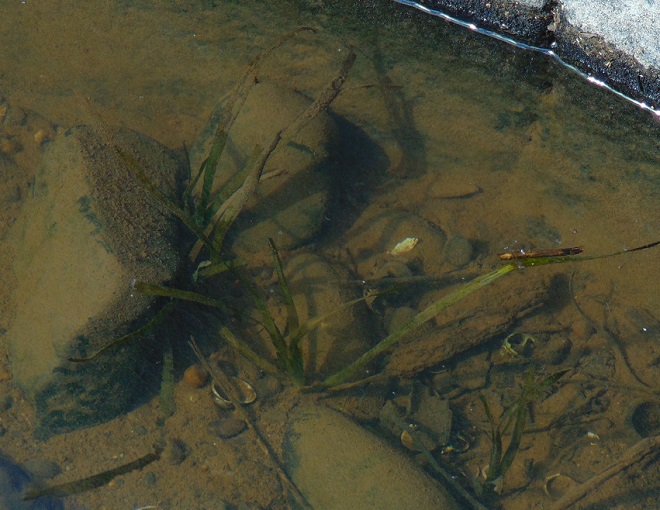
The cool breeze from the north was a perfect fit for today’s migration count. Nocturnal migrants settling down for the day in the Riparian Woodlands at sunrise included more than a dozen warblers and some Gray Catbirds (Dumetella carolinensis). Diurnal migration was underway shortly thereafter.
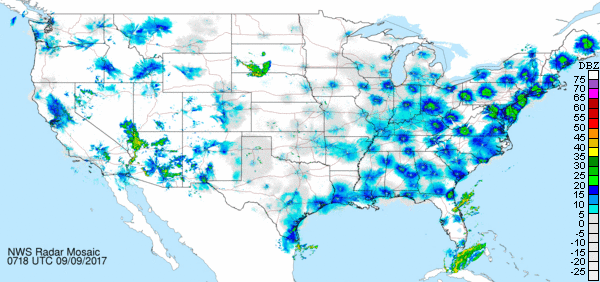
Four Bald Eagles were counted as migrants this morning. Based on plumage, two were first-year eagles (Juvenile) seen up high and flying the river downstream, one was a second-year bird (Basic I) with a jagged-looking wing molt, and a third was probably a fourth year (Basic III) eagle looking much like an adult with the exception of a black terminal band on the tail. These birds were the only ones which could safely be differentiated from the seven or more Bald Eagles of varying ages found within the past few weeks to be lingering at Conewago Falls. There were as many as a dozen eagles which appeared to be moving through the falls area that may have been migrating, but the four counted were the only ones readily separable from the locals.
Red-tailed Hawks (Buteo jamaicensis) were observed riding the wind to journey not on a course following the river, but flying across it and riding the updraft on the York Haven Diabase ridge from northeast to southwest.
Bank Swallows (Riparia riparia) seem to have moved on. None were discovered among the swarms of other species today.
Ruby-throated Hummingbirds, Caspian Terns, Cedar Waxwings (Bombycilla cedrorum), and Chimney Swifts (Chaetura pelagica) were migrating today, as were Monarch butterflies.
Not migrating, but always fun to have around, all four wise guys were here today. I’m referring to the four members of the Corvid family regularly found in the Mid-Atlantic states: Blue Jay (Cyanocitta cristata), American Crow (Corvus brachyrhynchos), Fish Crow (Corvus ossifragus), and Common Raven (Corvus corax).
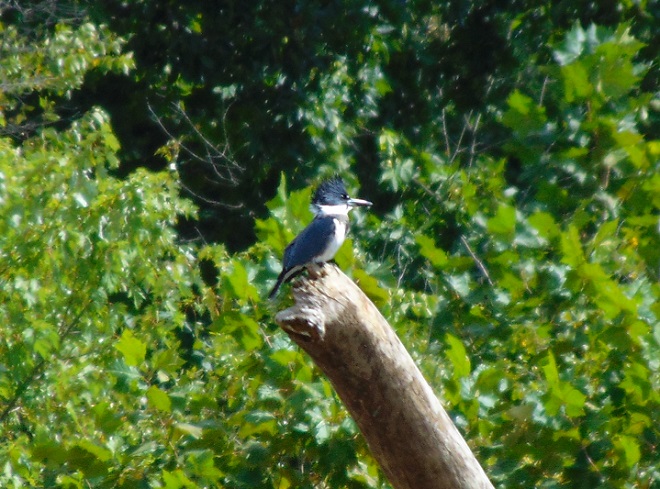

SOURCES
Klots, Elsie B. 1966. The New Field Book of Freshwater Life. G. P. Putnam’s Sons. New York, NY.

